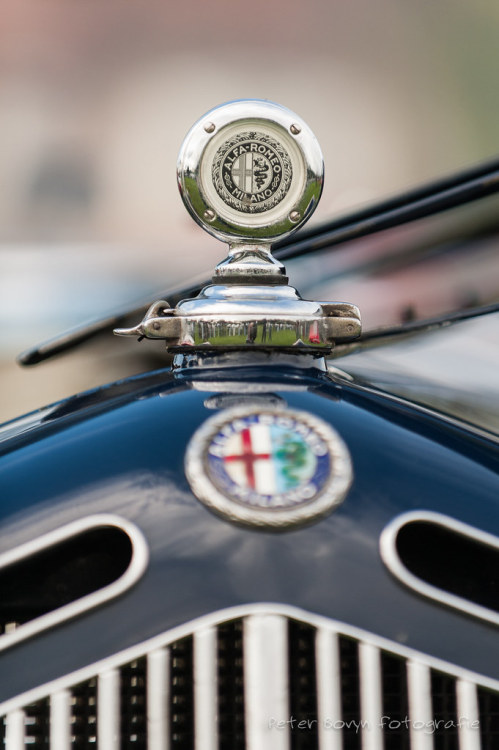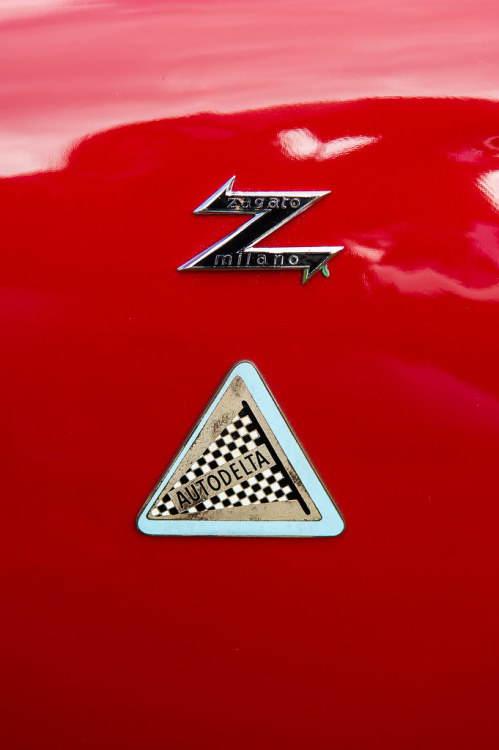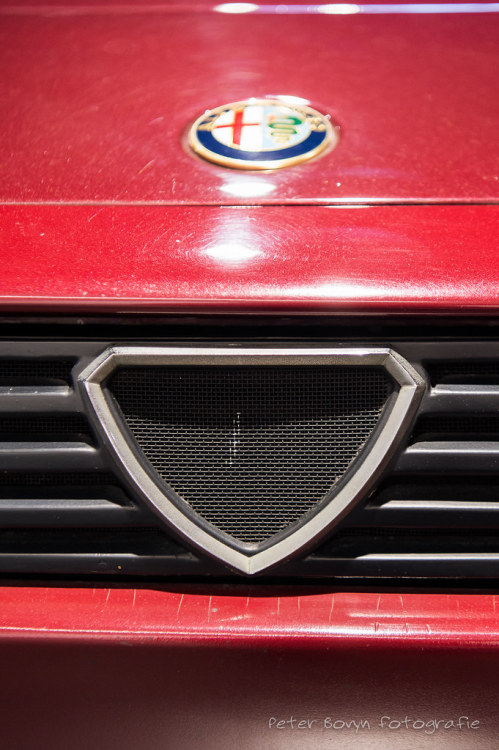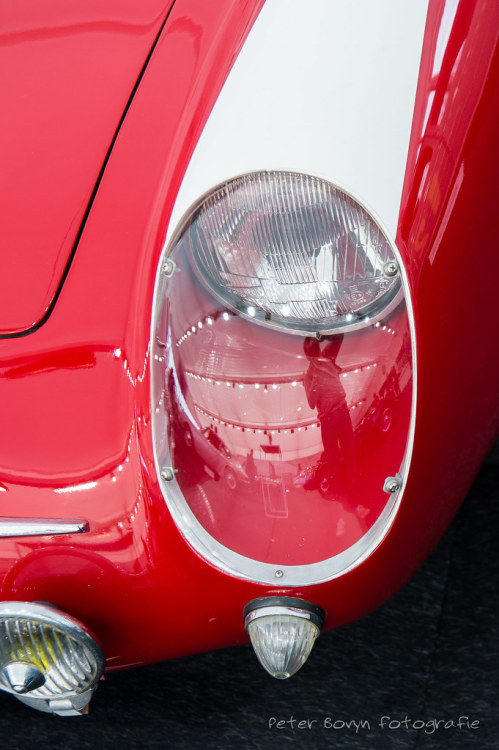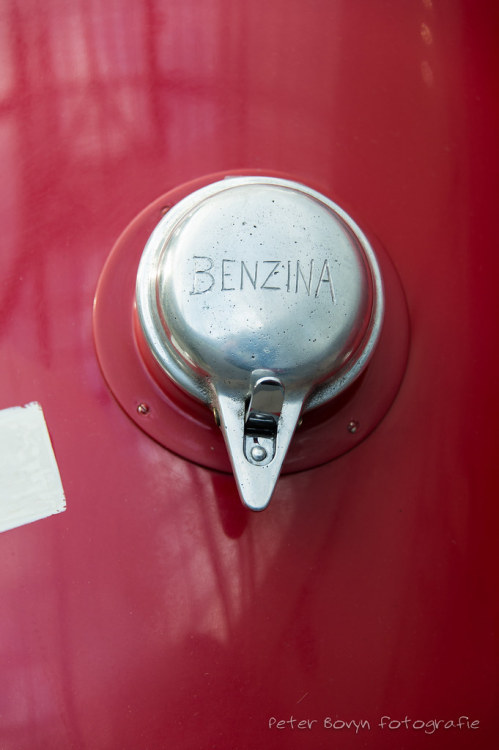
Alfa-Romeo 6C 2300 Pescara - 1934 by Perico001 Coachwork by Cognolato in the style of Zagato
Meticulous re-creation of a lost Zagato design, certified by Zagato
‘An absolute novelty presented by Alfa Romeo at the 1934 Milan automobile show was the latest creation of Vittorio Jano, the 6-cylinder intended by the factory and by its designer to claim the heritage of the prestigious Alfa Romeo 1750…’ – 'Le Alfa Romeo di Vittorio Jano’, Autocritica, Milan, 1982.
Introduced at the 1934 Milan Show, the Alfa Romeo 6C 2300 was the latest flowering of a noble line of sporting models that had originated in 1925 with the 6C 1500. The latter was the first true expression of the abiding design genius of Vittorio Jano, who had masterminded the Italian firm’s meteoric rise to world-class stature in the mid-1920s. His P2 and Tipo B Monoposto racing designs proved virtually unbeatable at Grand Prix level in their heyday, while his family of six-cylinder sports-racing cars has passed into the annals of motoring history as the standard-setter of its time.
The 2300’s newly developed six-cylinder 2,309cc engine featured an integrally cast crankcase and cylinder block topped by an aluminium-alloy cylinder head. Two basic specifications were available: the Turismo model with a long-wheelbase chassis, and the Gran Turismo with a shortened wheelbase. In 1934, the 6C 2300 made an auspicious competition debut in the inaugural 'Giro d'Italia - Coppa d'Oro del Littorio’, a race held in three stages over a total of 5,687 kilometres. Four cars with open coachwork by Brianza were entrusted to Scuderia Ferrari, which collaborated closely with Alfa Romeo on competition matters. The engines were equipped with a new inlet manifold, two 35mm Solex carburettors, and twin 3-into-1 exhaust manifolds. Thus equipped, the engines produced more than 100bhp. Other changes made to the cars included a higher final drive ratio; Bosch electrics with a second battery; an enlarged fuel tank; two fuel pumps; and the addition of a rev counter. Alfa Romeo suffered some bad luck in the course of the race, as the leading car driven by Marinoni had an accident in the second stage. However, the other three cars enjoyed more success, with the Rosa/Comotti car finishing 2nd overall, and the others finishing 4th and 5th.
The model’s definitive success came at the 'Targa Abruzzo - 24 Ore di Pescara’ on 12/13th August 1934, when three Touring-bodied coupés finished 1st, 2nd, and 3rd with the Cortese/Severi car winning against stiff competition from the Lancia Astura driven by Pintacuda/Brivio, who had won the previous Giro d'Italia, and the two Alfa Romeo 8C 2300s of Tazio Nuvolari and Guy Moll.
Capitalising on this success, Alfa Romeo decided to build a series of 60 Gran Turismo cars with the mechanical specifications of the racing Berlinetta, and with various types of coachwork ranging from saloons to open spiders. These cars were called 'Pescara’ to commemorate Alfa’s racing successes. They were the predecessors of the new Touring-bodied 6C 2300 B Mille Miglia models that debuted at the 1937 Mille Miglia.
The car offered here is a re-creation of the racing Siluro commissioned and campaigned by Jacques de Rham, the enthusiastic young son of a Swiss nobleman and landowner. In 1935, de Rham, founded the 'Scuderia Maremmana’ racing team in Grosseto, Tuscany. Only 26 years old, he had a great passion for all things mechanical. FIAT and Maserati were among the first motor cars bought for his racing stable, but he mainly favoured Alfa Romeo, buying them from Scuderia Ferrari. Clemente Biondetti drove de Rham’s Alfa Romeo P3, finishing 4th overall in 1936 following victory in Rome; De Graffenried drove his 6C 1750, and finished 7th overall with the 8C 2600 at the Mille Miglia.
Jacques de Rham also purchased two Alfa Romeo 6C 2300 GT Pescara models - one from 1934, the other from 1935 - both with Berlinetta coachwork by Touring, and campaigned them in various hill climbs in the first months of 1937. He decided, though, that the cars were too heavy to be successful, and had them sent to Zagato in Milan for the fitting of Siluro-type aerodynamic open coachwork in aluminium. The result was an impressive weight saving of some 300kg with the total weight remaining under 1,000kg. Zagato delivered both cars at the end of May 1937. At the same time, the engines were improved by the installation of new Borgo pistons.
The cars made their racing debut at the 'Grand Prix de Provence et de Marseille’ at the Miramas circuit, where Carlo Pes de Villamarina finished 1st in class in the third race. Other placings followed in various hill climbs, where the cars were campaigned by Jacques and his friends. The history of Jacques de Rham and his Scuderia Maremmana has been meticulously documented in an Italian-language book by Daniele Cantini.
Sadly, neither car has survived, and we owe this Siluro re-creation to a lifelong Italian Alfa Romeo enthusiast and collector, who in this case started with a complete, matching numbers, 1934 Alfa Romeo 6C 2300 7th Series GT Pescara Berlina with coachwork by Touring. The car was completely dismantled, and the construction of the Zagato-style Siluro body was entrusted to no lesser coachbuilder than Dino Cognolato of the Carrozzeria Nova Rinascente in Padova, Italy.
One of the world’s finest coachbuilders, with a lifetime of experience in the craft, Dino Cognolato carried out all the work himself. Starting from 1:1 scale drawings based on historic photographs, he constructed the entire aluminium coachwork and designed from scratch small details such as the door closures, etc. At the same time, the chassis and the mechanicals were overhauled, and the engine dynamometer tested. The engine delivers a highly respectable maximum of 119bhp at 4,500rpm, which in combination with the car’s low weight of only 989kg results in breathtaking performance. The project took more than four years to complete, since when this stunning Alfa Romeo has covered a mere 94 shakedown kilometres.
Recently, Zagato invited this Siluro to attend a gathering of Zagato-bodied cars to celebrate the presentation of the new Maserati Mostro prototype by Zagato at the former Alfa Romeo test track at Arese. It will be offered with an official Zagato certificate; a Declaration of Authenticity, signed by the former president of the National Technical Commission of the ASI; a comprehensive photographic documentation of the restoration and reconstruction work; California Certificate of Title; and Italian import documents relating to the donor car’s importation into Italy from Switzerland.
As it has a genuine Alfa Romeo 6C 2300 GT Pescara chassis, this car is potentially eligible for a wide range of prestigious international events.
Les Grandes Marques du Monde au Grand Palais
Bonhams
Estimated : € 550.000 - 750.000
Parijs - Paris
Frankrijk - France
February 2017 https://flic.kr/p/RP38ff
from Tumblr
https://66.media.tumblr.com/a23c1630e087a935a7bae18ecb45d1e0/e5666ca5cce90ff6-03/s500x750/2f170782d0c267c8709d97234175bfc99e4be287.jpg
